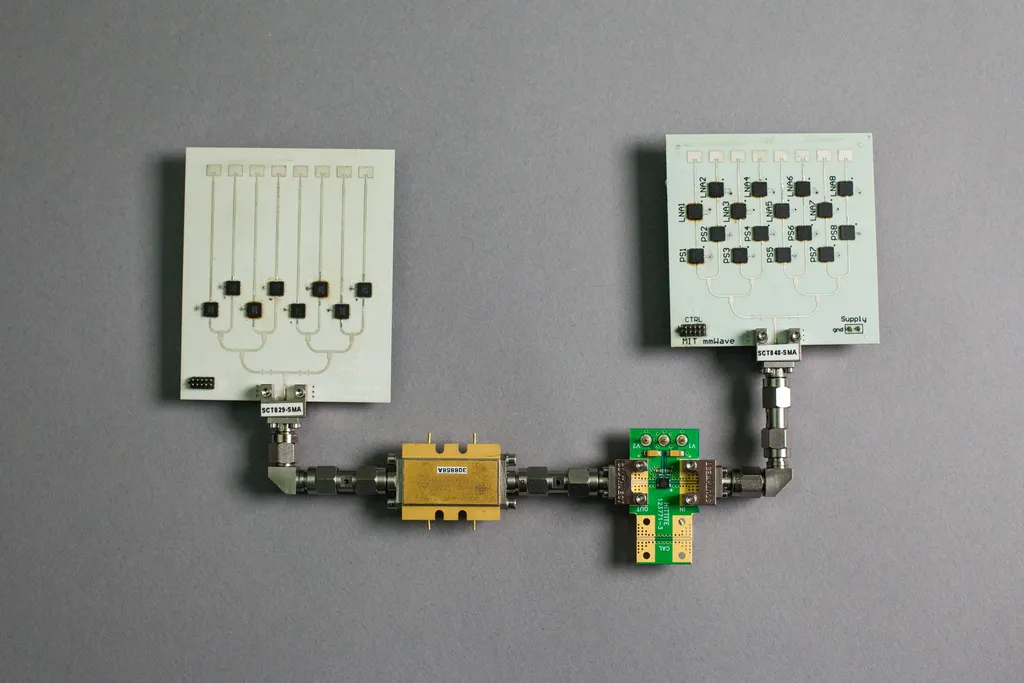Wireless PC-based VR may not be as far off as we’d previously thought with the reveal of TPCAST’s upgrade kit for the HTC Vive, and other solutions may be coming soon too.
The Massachusetts Institute of Technology ‘s (MIT’s) Computer Science and Artificial Intelligence Laboratory is working on its own wireless system that cuts the cord for PC VR, named MoVR. The tech uses millimeter waves radio signals, which offer faster internet connections than current WiFi standards, though are easily blocked by physical objects and reflections.
To overcome this issue, MoVR uses two directional antennas attached to programmable mirrors, pictured above, each around the size of a credit card. These steer the signals emitted by millimeter waves towards it and then reflect them towards the headset. With multiple mirrors, you can ensure your headset is receiving the signal at all times, and not risk losing it and temporarily causing issues with the experience. The millimeter waves can then deliver images to your headset, supposedly fast enough to replace the cords attached to your rig.
The project is still in its early stages, but PhD candidate Omid Abari told MIT News that future versions could be around the size of a smartphone. If the tech could be refined enough to be mass produced, then we could one day be putting these mirrors around our rooms along with Vive’s base stations of Rift’s sensors. We don’t know when that will be, though TYPCAST’s solution — which plugs directly into the Vive — is shipping in Q1 2017.
We’re not sure adding to the amount of tech needed to track VR is the answer to making it wireless, but fortunately there are other solutions on the way, the most promising of which being standalone devices with inside-out position tracking and on-board processing. Oculus has such a prototype as do several other companies. While we wait for these devices to close the power gap with PCs, though, concepts like MoVR could prove to be a compelling workaround.





























